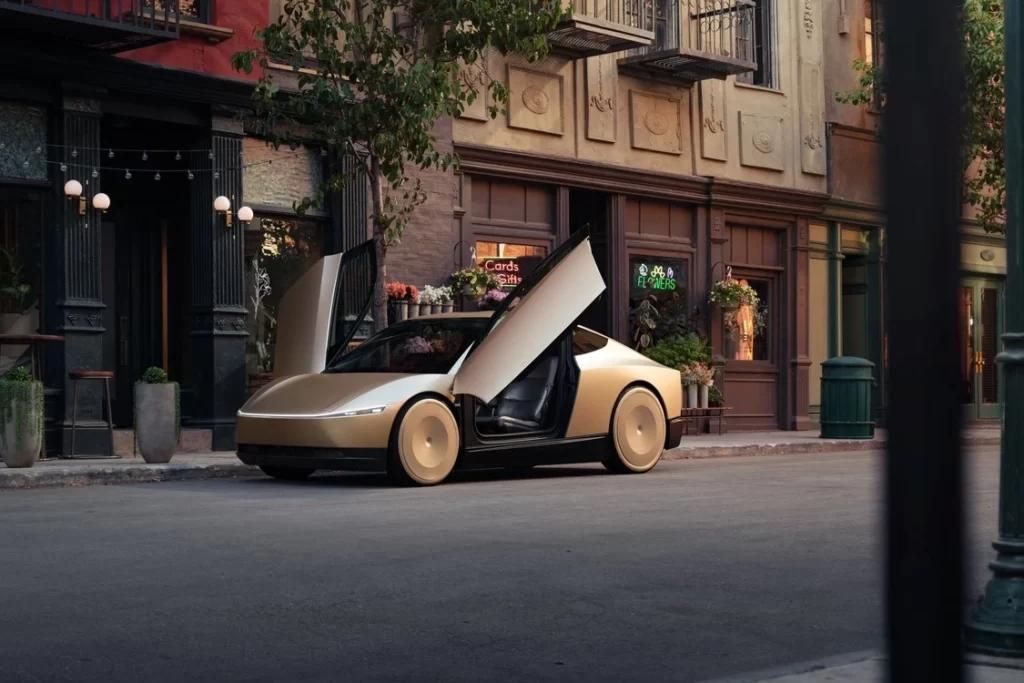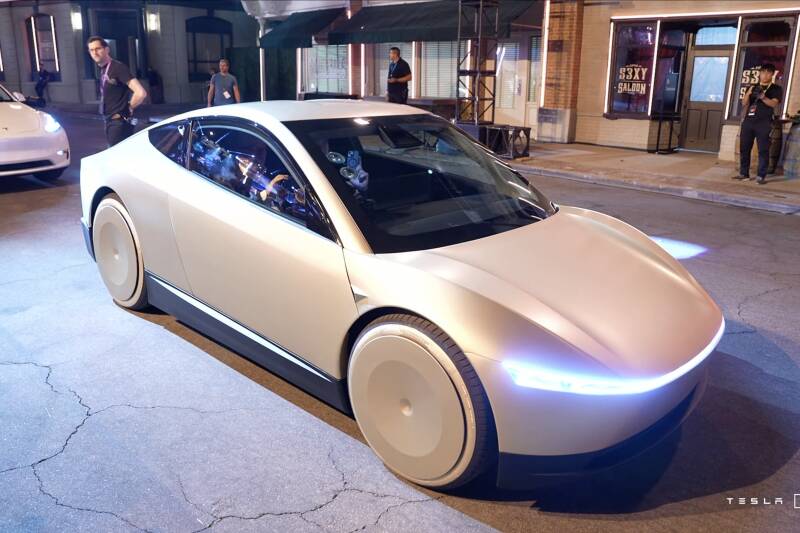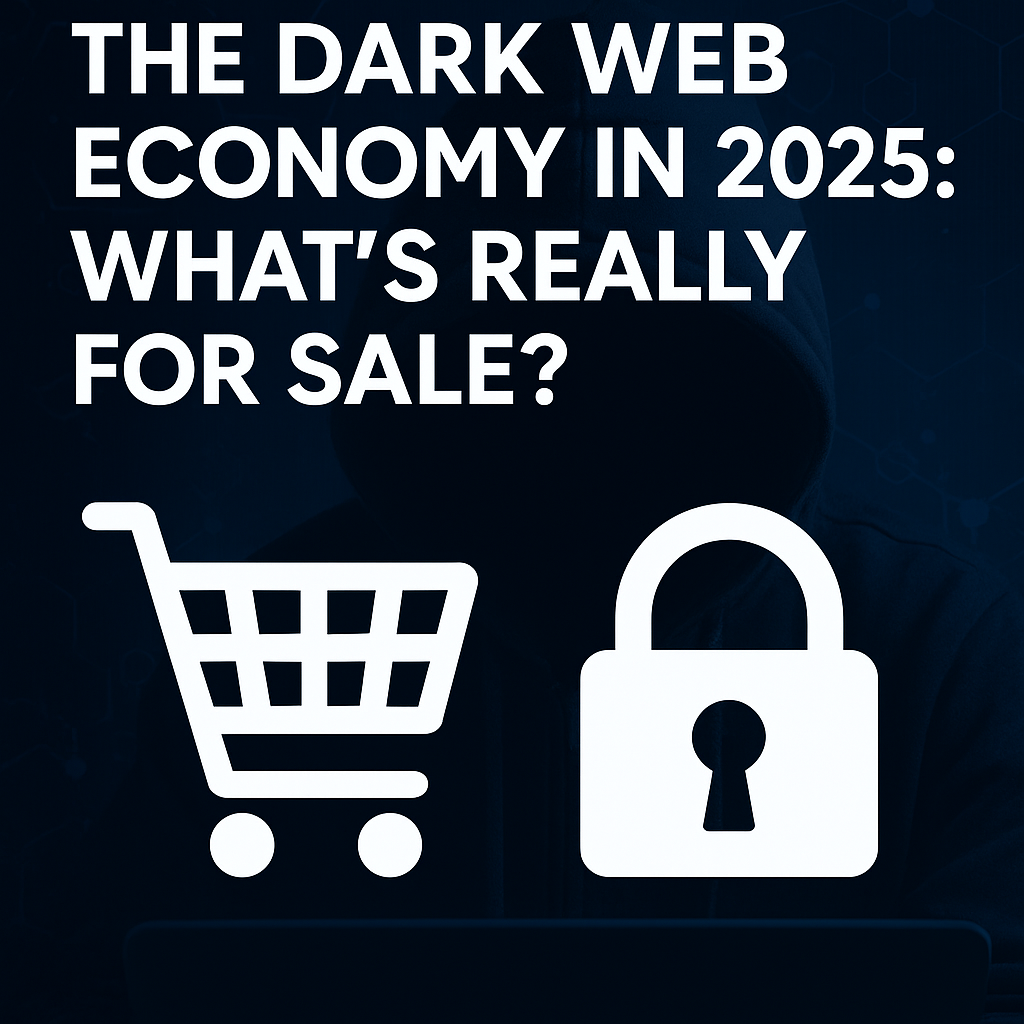On Thursday, Tesla CEO Elon Musk introduced two new concepts aimed at reshaping the future of transportation: a long-awaited robotaxi and a surprise robovan. The event showcased Tesla’s shift from mass-market electric vehicles to robotic, autonomous transportation.
Key Highlights:
- Cybercab: Musk arrived on stage in the futuristic “Cybercab,” a robotaxi with no steering wheel or pedals, equipped with gull-wing doors. Priced under $30,000, production is expected to begin in 2026.
- Robovan: Designed to carry up to 20 passengers, Tesla’s robovan was also unveiled, though Musk shared limited details about its capabilities.

A Vision for the Future
Musk emphasized that autonomous vehicles could make transportation safer and more efficient. He claimed that autonomous cars could be ten times safer than human drivers and operate up to five to ten times longer.
However, he didn’t provide a concrete timeline for scaling robotaxi production or navigating regulatory hurdles. Tesla faces competition from rivals like Alphabet’s Waymo, which already operates robotaxis, and others like Amazon’s Zoox and General Motors’ Cruise.
Challenges Ahead
While Tesla’s robotaxi will rely on artificial intelligence and cameras (rather than more commonly used lidar technology), experts warn that safety, reliability, and regulatory approval remain significant obstacles. Fully autonomous vehicles still face challenges in responding to complex driving scenarios, including bad weather and pedestrian behavior.
Autonomous Pricing Models
Musk outlined that the Cybercab would cost just 20 cents per mile to operate over time, while the robovan could be even cheaper at 5 cents per mile. He also shared plans for inductive charging, which eliminates the need for charging plugs.
Other Announcements
Musk briefly mentioned progress on Tesla’s humanoid robot, “Optimus,” designed to assist with daily tasks. The robot is expected to be priced between $20,000 and $30,000.
Industry Skepticism
Despite the excitement, some investors were disappointed with the lack of specifics. Analyst Jessica Caldwell commented, “Musk painted an ideal future for transportation, but many practical questions remain.”
As Tesla faces slowing demand for its aging EV lineup and mounting competition in the autonomous vehicle space, the success of its robotaxi and robovan will depend on how quickly it can overcome these challenges.
What’s Next?
While Musk’s vision for autonomous transportation is clear, it may take years before robotaxis like the Cybercab and robovan become a common sight.





